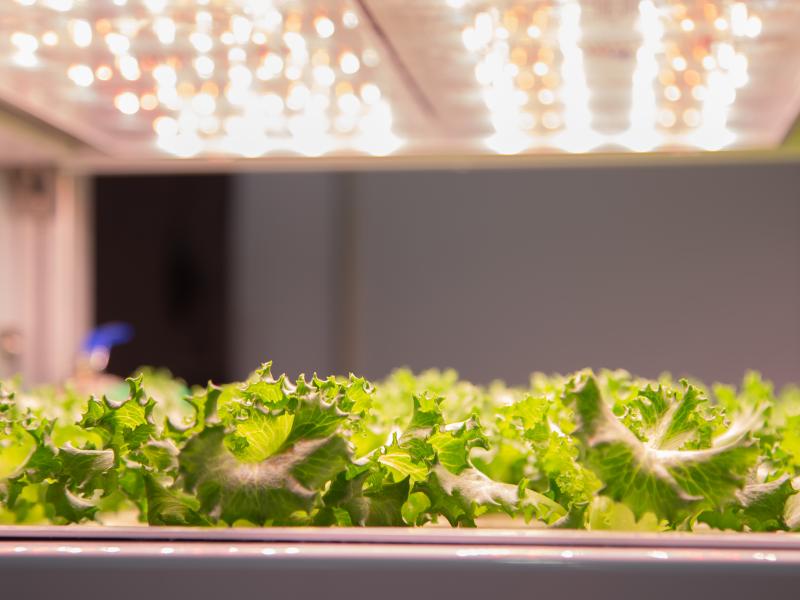Antibacterial LEDs

Description of the innovative solution
Food hygiene remains a serious public health issue. There is an urgent need for cheaper and safer disinfectant alternatives to ultraviolet (UV) light and chemicals. The innovation proposes to make use of antimicrobial Light-emitting diode (LED) lights whose LEDs utilize light energy with wavelengths ranging from 200 to 780 nm. These can be at work 24/7, delivering continuous protection and creating an inhospitable environment for microbes. LED lights are cheap, easy to use and offer a longer operational life. LEDs produce an antibacterial effect by photodynamic inactivation due to...
Food hygiene remains a serious public health issue. There is an urgent need for cheaper and safer disinfectant alternatives to ultraviolet (UV) light and chemicals. The innovation proposes to make use of antimicrobial Light-emitting diode (LED) lights whose LEDs utilize light energy with wavelengths ranging from 200 to 780 nm. These can be at work 24/7, delivering continuous protection and creating an inhospitable environment for microbes. LED lights are cheap, easy to use and offer a longer operational life. LEDs produce an antibacterial effect by photodynamic inactivation due to photosensitization of light absorbing compounds in the presence of oxygen and DNA damage.
Examples and additional resources
Real-world examples
See this solution in action in different contexts and settings around the world
Sani UV-C
Additional resources
Learn more about this solution through studies, articles, business cases, and other information
Study on efficacy of LEDs
Contacts
Connect to others working on and with this solution around the world
Pathways to uptake
Engage with our “backcasting tool” to imagine and design “pathways to uptake” for this solution in your setting.
This process involves defining a future vision of this solution being used in your context, and then working “backwards” to identify necessary steps to achieve this vision by 2030. Going through this exercise as an individual or with a team can help to clarify the WHAT/WHEN/HOW of moving a solution (or package of solutions) towards having major impact. We hope these pathways will inspire outside-of-the-box thinking, creative approaches, and actionable concrete steps to move ideas into action.
Pathway builder
Explore pathways for this solution
Be the first one and add a pathway for this solution!